Diversity in Shrimp and Fish Farming
Combining Diverse Farming Models
If farmers only focus on farming shrimp, their income is solely dependent on shrimp. In case of an unexpected disease outbreak, the losses can be significant. However, if shrimp farming is combined with other species, such as crabs, fish, or eels, the income sources diversify. One comes from shrimp, and the other from the additional species. In case shrimp encounter diseases, the income from fish, crabs, or eels can still help mitigate the financial losses.
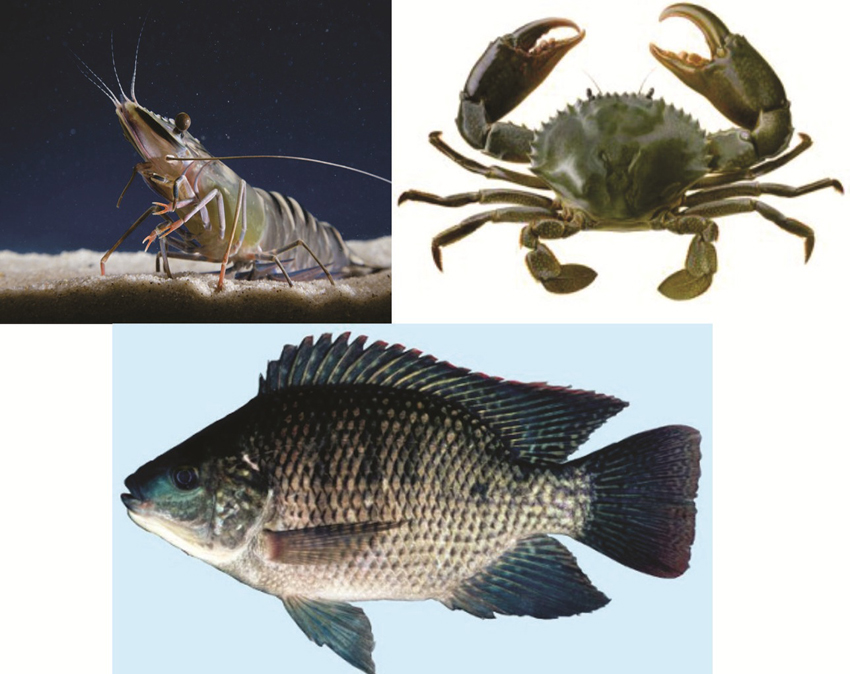
Typically, the additional species farmed are tilapia or barramundi, as these fish are highly adaptable and have strong resistance.
Check out this article for a clear example: THE WORLD'S FIRST VERTICAL AQUACULTURE MODEL.
Cost-Saving through Combination
By combining shrimp farming with other species, farmers can save in various ways:
- Water Conservation: It reduces the need for water changes, thus cutting down on labor and operational costs.
- Feed Efficiency: Wastewater and organic waste from shrimp ponds can be used as nutrients for crops and other species like fish, reducing the need for additional feed.
- Environmetal Benefits: It helps maintain a sustainable environment by preventing wastewater discharge that could lead to pollution.
By confidently applying parallel farming models, farmers can manage risks from afar, maintain peace of mind, and focus on other productive tasks more efficiently.
Ngày đăng : 17/10/2024
1968 View
Other Articles
Vietnamese shrimp and catfish choose a sustainable path in global competition
End-of-Season Shrimp Prices Reach Record Highs
Norway – Russia Reach Barents Sea Fisheries Agreement for 2026
Cà Mau strengthens traceability to enhance the competitiveness of the shrimp industry.
Cold stress: Effects on the plasma characteristics of whiteleg shrimp.
A new breakthrough in the prevention of diseases caused by the microsporidian parasite EHP in shrimp farming
Vietnam’s shrimp export outlook in the first quarter of 2026 continues to face heavy pressure from tariffs.
New England’s shrimp fishery to shut down for the long haul after years of decline
Crab exports to the United States account for more than 80%.
Thailand sets a target to increase shrimp production to 400,000 tons by 2026.
CTU-RAS: Recirculating Shrimp Farming for Sustainable Development
Vietnamese aquatic products reach new markets










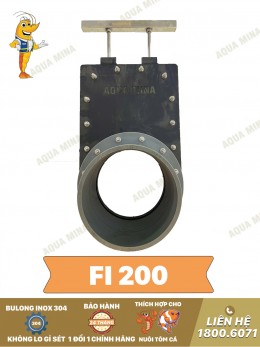



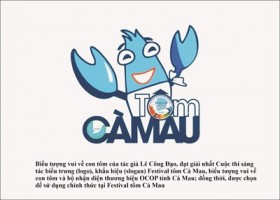
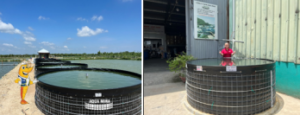


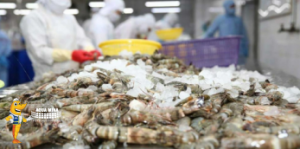
.jpg)